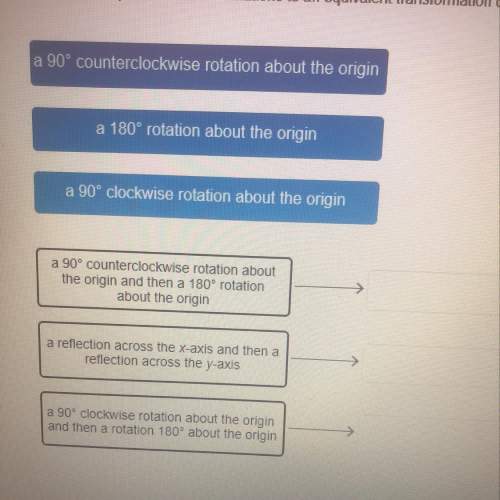
Mathematics, 13.08.2020 14:01, berrydivina
Area of a Polygon In this unit, you learned about finding the area of triangles and rectangles using coordinates. But there are many more shapes than just triangles and rectangles, and these shapes often can be relatively complex. You can still find properties of such polygons by dividing them into an arrangement of simpler shapes—polygons that you’re familiar with. When a two-dimensional figure is composed of smaller figures, its area is equal to the sum of the areas of the smaller figures. When finding the area of a polygon, it is helpful to know that any polygon can be partitioned into a series of triangles. You will use GeoGebra to partition a polygon into a set of triangles. Go to partitioning a polygon, and complete each step below. Part A Draw line segments to partition the given polygons into triangles. There is more than one correct answer. Take a screenshot of your construction, save it, and insert the image in the space below. Part B Think back to Task 1 of these Lesson Activities. Finding the area of a polygon using only coordinates can be tedious. Fortunately, you do have access to additional tools that help you find the area of a polygon while following the same basic methods. This is especially helpful when polygons are irregular or have many sides. Next you will use GeoGebra to find the area of a polygon divided into a set of triangles. Go to area of a polygon, and complete each step below: Partition the polygon into triangles by drawing line segments between vertices. For each triangle, draw an altitude to represent the height of the triangle. Place a point at the intersection of the height and the base of each triangle. Use the tools in GeoGebra to find the length of the base and the height of each triangle. (Because the values displayed by GeoGebra are rounded, your result will be approximate.) Compute the area of each triangle, and record the results below. Show your work. Add the areas of the triangles to determine the area of the original polygon, and note your answer below. When you’re through, take a screenshot of your construction, save it, and insert the image below your answers. Part C In part B, you used a combination of GeoGebra tools and manual calculations to find the approximate area of the original polygon. Now try using the more advanced area tools in GeoGebra to verify your answer in part B. Which method did you choose? Do your results in parts B and C match?

Answers: 2
Other questions on the subject: Mathematics



Mathematics, 22.06.2019 04:00, cardsqueen
Julia spends $5.25 on gas for her lawn mower. she earns $13.00 mowing her neighbor's yard. what is julia's profit?
Answers: 1

Mathematics, 22.06.2019 04:00, sammyraegarrett
The number of students who ride a school bus is 110% of the number of students who walk. how many students ride the school bus?
Answers: 1
Do you know the correct answer?
Area of a Polygon In this unit, you learned about finding the area of triangles and rectangles using...
Questions in other subjects:

Mathematics, 22.05.2020 07:59

Mathematics, 22.05.2020 07:59




English, 22.05.2020 07:59



Mathematics, 22.05.2020 08:00

Mathematics, 22.05.2020 08:00









